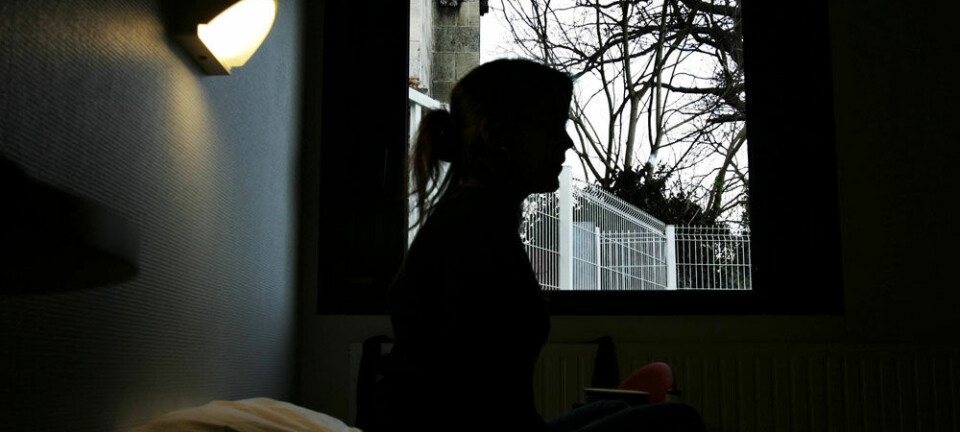
Psychoses in teens no more disabling than in adults
Teenagers who are schizophrenic are apt to have reduced mental function, but counter to previous assumptions, their disability is no worse than among patients who are initially diagnosed in adulthood.
Denne artikkelen er over ti år gammel og kan inneholde utdatert informasjon.
Psychoses that are diagnosed early in life have long been thought to be more serious and difficult to treat than those same illnesses diagnosed in adults.
But researcher Aina Holmén has found that the majority of adolescents with schizophrenia are no more debilitated than fellow patients whose impairment initially strikes during adulthood.
This mentally debilitating disorder hampers so-called executive functions, the management of the cognitive process, such as reason, planning and problem solving.
Good tidings
“This is very good news, really, that young people with psychoses are not necessarily any worse off with regard to cognitive function as a result of their disease,” says Holmén, a psychologist and researcher who works at Akershus University Hospital (Ahus).

Young and adult schizophrenics alike benefit from an early diagnosis, because that means they can start treatment as soon as possible.
A patient's chances of regaining mental health within ten years doubles if schizophrenia is identified and treated early on, according to another Norwegian study.
Fear of chronic condition
Holmén has recently taken her PhD on the subject of psychoses among young people.
She is the first person to have charted the cognitive functions that are reduced among the youngest patients and to have quantified the extent of these problems.
Cognitive functions are vital to understanding, thinking and learning.
“Professionals and those who treat patients have often thought the disorder was more severe when it turned up at a young age rather than as an adult,” says Holmén. “Because the brains of adolescents are not fully developed, the assumption has been that younger patients are more likely to develop chronic conditions.”
While Holmén has studied the cognitive abilities of patients, she has not studied treatments or the probability that patients will regain their health.
Avert undue pessimism
The psychologist thinks it is important for parents, patients themselves and the professionals who treat them to understand that the disabilities of these young people are no worse than those among adult patients.
“This will help us avoid undue pessimism and a negative attitude. The findings should boost young patients’ faith that they can overcome the disease. This is a key factor for successful treatment,” says Holmén.
Other studies show that about one in three psychotic patients can be cured, in the sense that symptoms disappear or treatment relieves symptoms. But two-thirds of patients continue to suffer to one degree or another.
Harder to detect
Holmén says that psychoses amongst adolescents can be hard to detect and are also much rarer. Only about four percent of all cases of psychoses are diagnosed among individuals under 18.
“Adults show clearer signs. They are more likely to be delusional, and have visual and auditory hallucinations. In adolescents, symptoms are more likely to be under the radar, less distinct,” she says.
The psychologist says that an individual often has to be very close to a young person on a daily basis to detect that something is amiss.
“Typical signs are that people who are close to the youths see that they withdraw. They are anxious and often grow unsocial and disinterested in contact with friends. In more obvious cases they could drop out of school,” says Holmén.
Daily function and quality of life
Holmén tested the executive functions in girls and boys aged 12-18 in the new study.
She compared 31 adolescents with a larger group of psychotic adults, and with control groups of individuals of sound mind in corresponding age groups.
Holmén has been particularly focused on the supervisory attentional system, as executive functions are also called. The system is key to cognition. If it is dysfunctional it can contribute to additional difficulties.
“We know there is a strong connection between deficiencies in these functions and poor management of daily life. It reduces a person's quality of life,” she says.
---------------------
Read the Norwegian version of this article at forskning.no
Translated by: Glenn Ostling


































